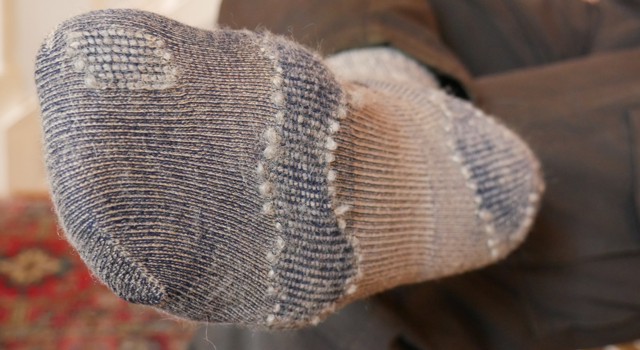
In my remembering of the family story, we had just finished eating out at a restaurant. Everyone was done with their food except for my father. My father was savoring every last bit of a delicious barbecue sauce from his plate and scraps. Finally, my brother asked with a laugh, “Dad, what are you doing?”
In a combination of self-mockery and pride, my father responded, “I am sucking every last drop of fun out.”
From that day on, “sucking the fun out” became a family phrase that means being able to find more joy in something that others would have thrown away.
It got a resurgence again when, before I was married and while I was still getting to know my now-husband, I had to explain that I was “sucking the fun out” when I was filling a to go box with a handful of french fries while, at the same meal, he was about to leave much more on his plate.
This waste-nothing mentality serves me well in life. The presumption that there is always more fun to be had has a two-fold positive effect on my life. First, I am able to get more joy out of each purchase, each experience, and each meal. Second, I am able to practice more thrift as my meals stretch farther, my consumables last longer, and my old items find new life.
Sucking the fun out and wasting nothing have many practical applications.
Use the ketchup container until it wheezes its last. Cut your toothpaste tube open to pull out the last bits. Add water to your empty face wash bottle to get another wash out. Stick the old soap knob to the top of the new one.
Save any leftovers for later. Eat the leftovers you have. Meal plan using the perishable foods you have. Only buy food you will eat.
Compost food that has gone bad. Mulch using fall leaves. Let the grass clippings fertilize your lawn. Use fallen sticks or trees in woodworking projects, as logs for fires, or as a nutrient-rich base for a new garden bed.
Save some dryer lint as a fire starter. Sew patches over holes. Darn your socks. Repair everything you can. Repurpose what you cannot. Wear threadbare clothing to bed in the summer. Use too-far-gone clothing as cleaning rags and cloth towels. Save the clothes your oldest out grows for your youngest to wear.
Wait to wash your clothes until it is necessary. Run your dishwasher and washing machine when they are full. Don’t flush every time. Turn off the water while lathering soap or scrubbing dishes. Take a navy shower by turning off the shower water when you are not using it. Use daylight instead of light bulbs. Use a minimal number of lights. Turn off lights when you leave the room.
Conserve gas by driving less. Bundle chores and outings together to minimize trips. Plan your route to save resources.
Save paper as scraps until you’ve written on all sides of it. Only print what is necessary. When you do print, print on both sides in ink saving mode.
Use the trash can as little as possible. Be inclined to thrift instead of throw away. Sell or re-gift what you do not need. Disassemble broken items into more valuable parts. Sell items you are getting rid of.
Pay for admission on a day when you can enjoy every minute of it. Don’t waste a moment. Find something to savor in every experience.
Suck the fun out.
Photo by author.